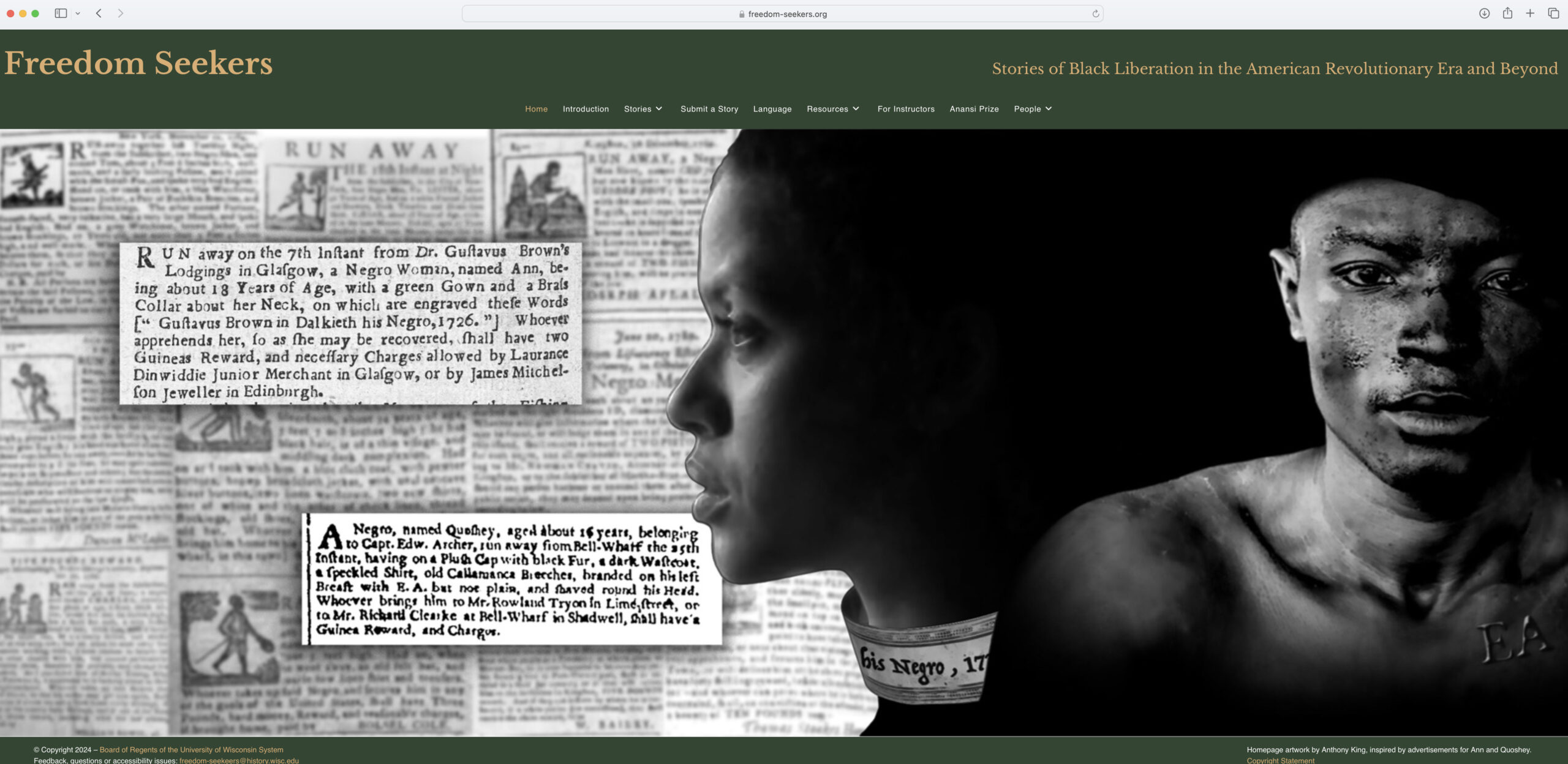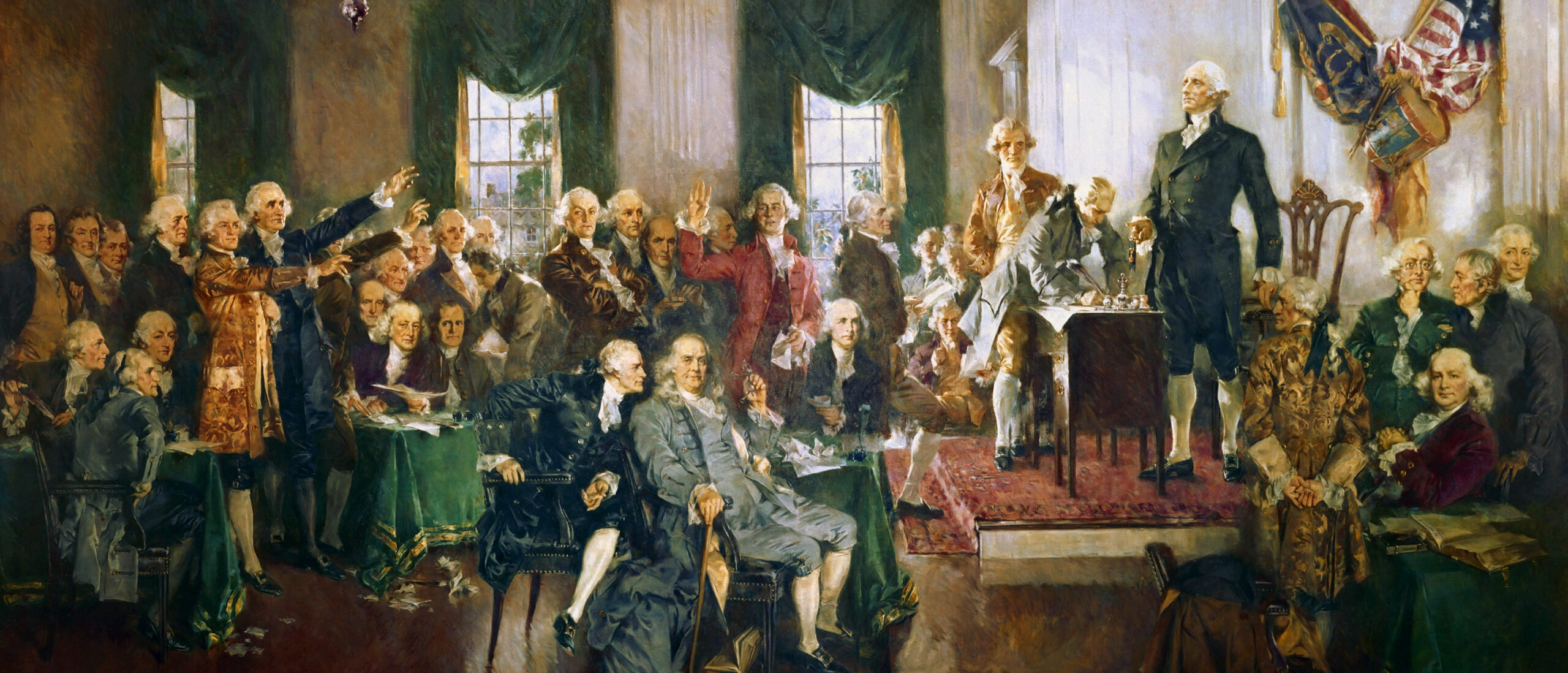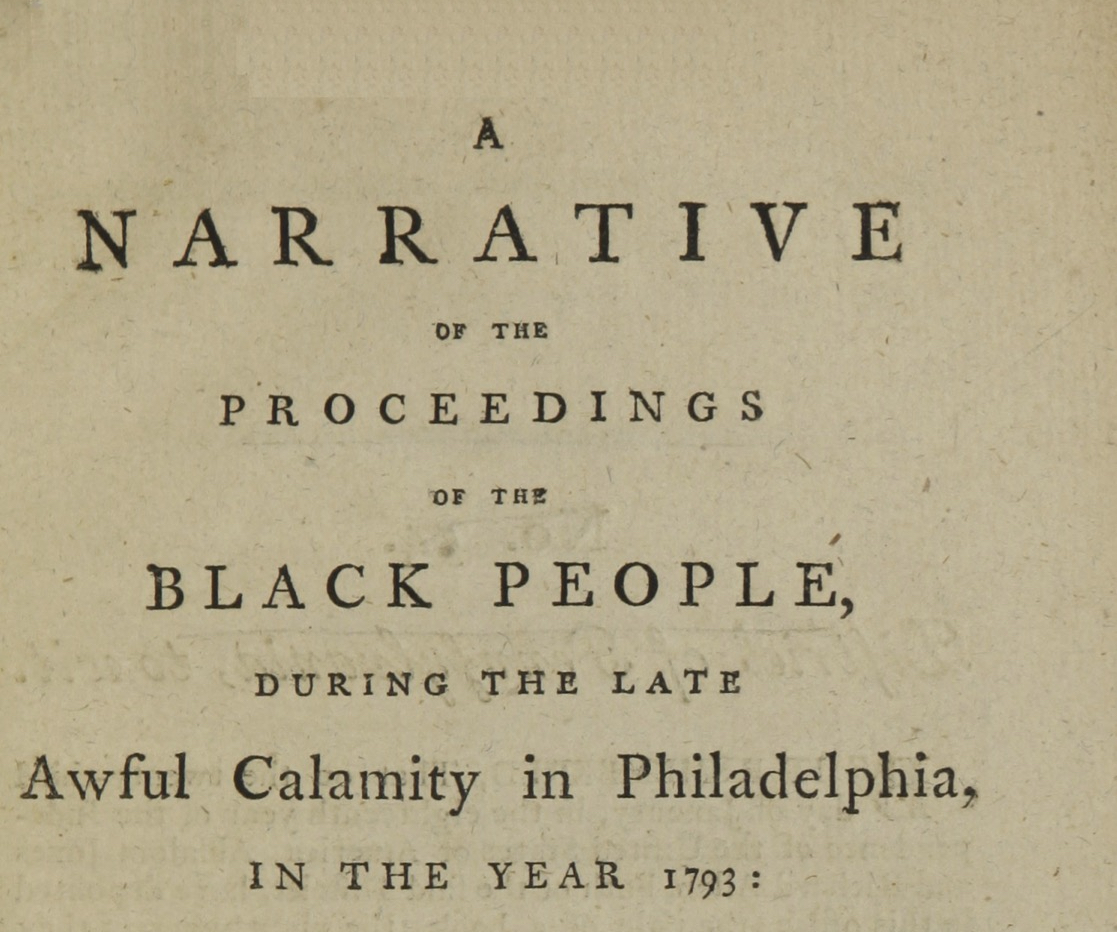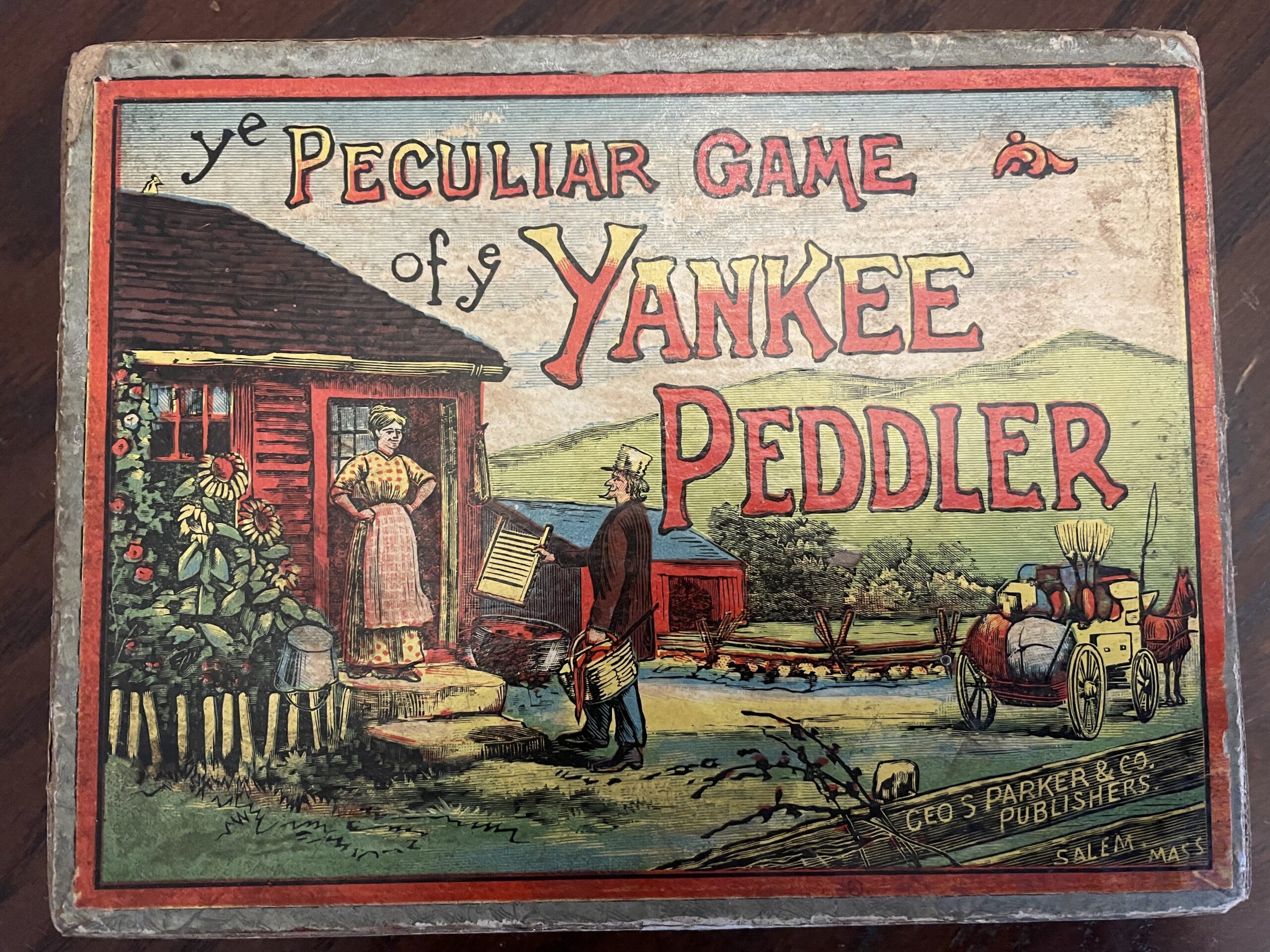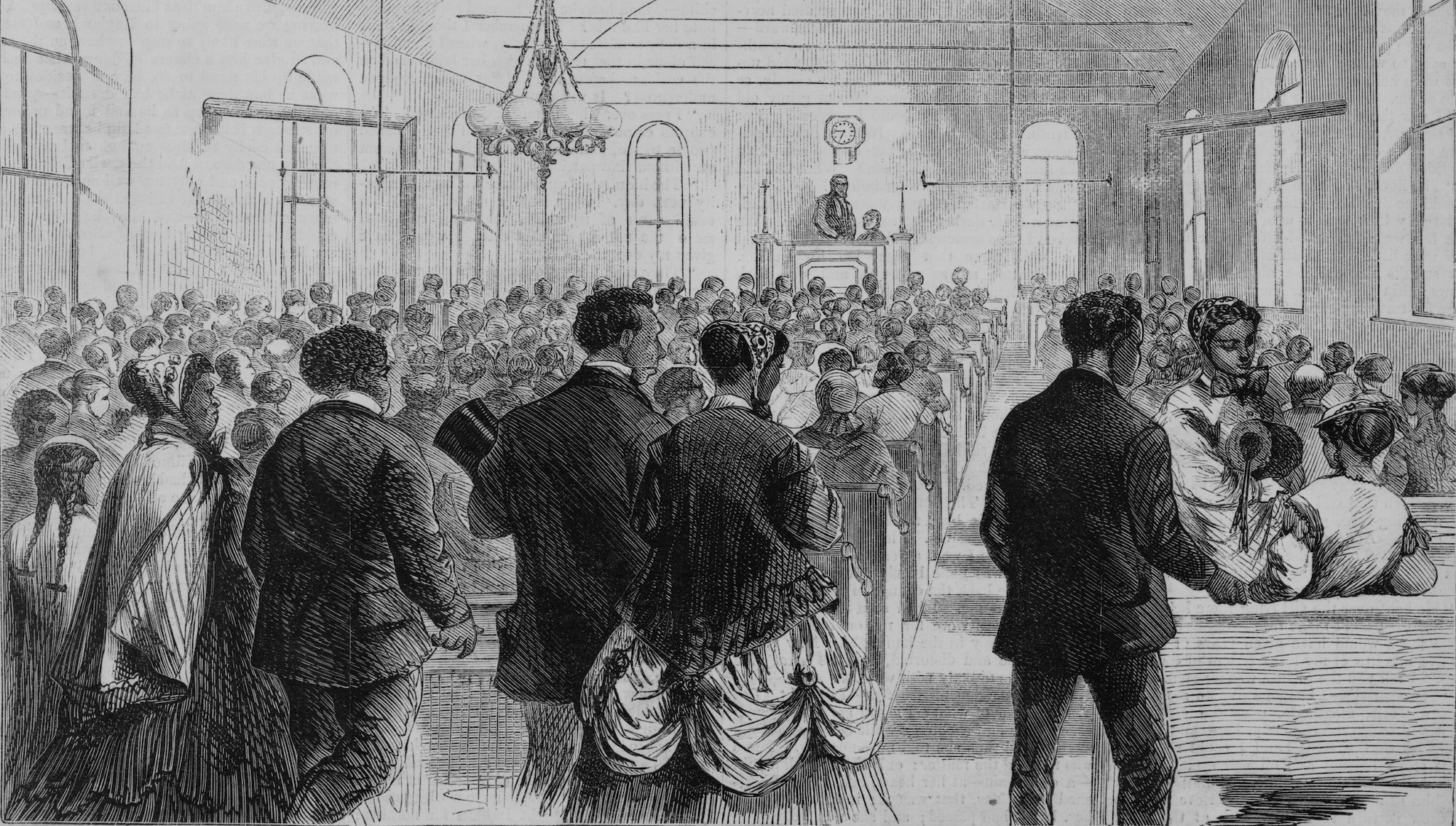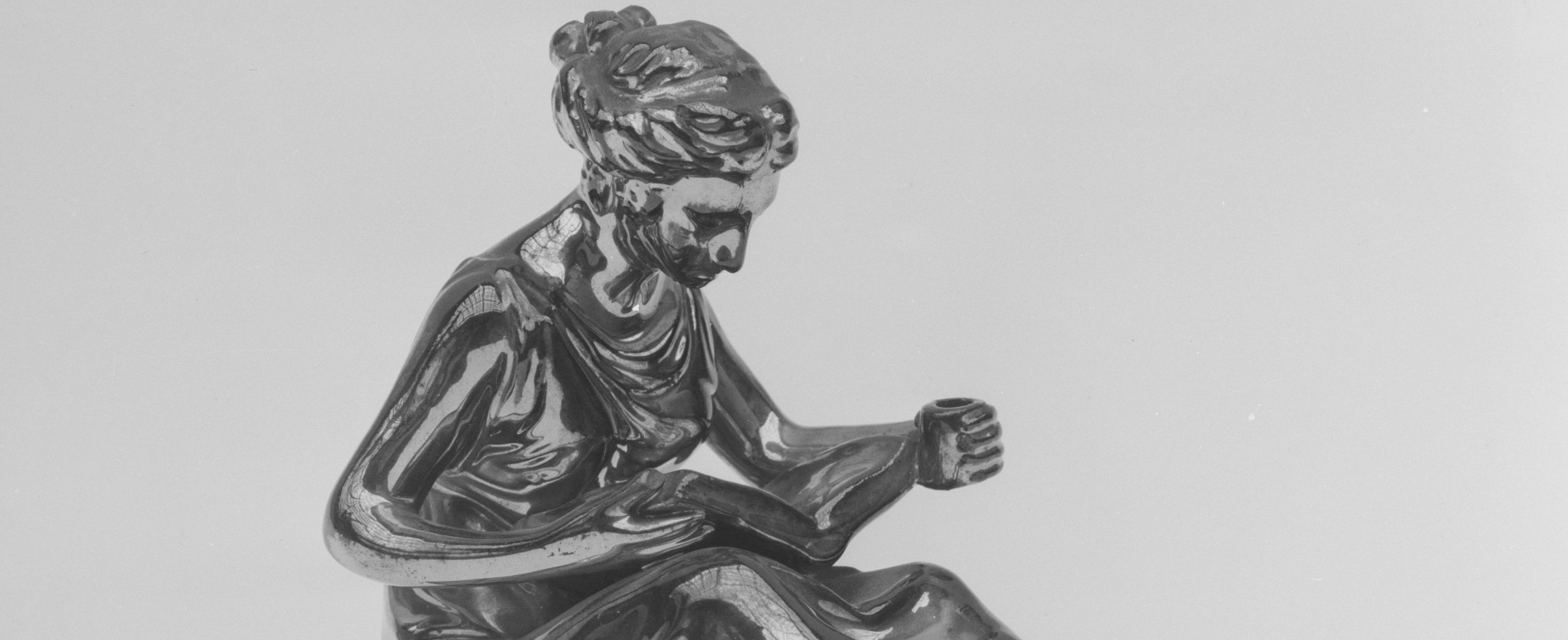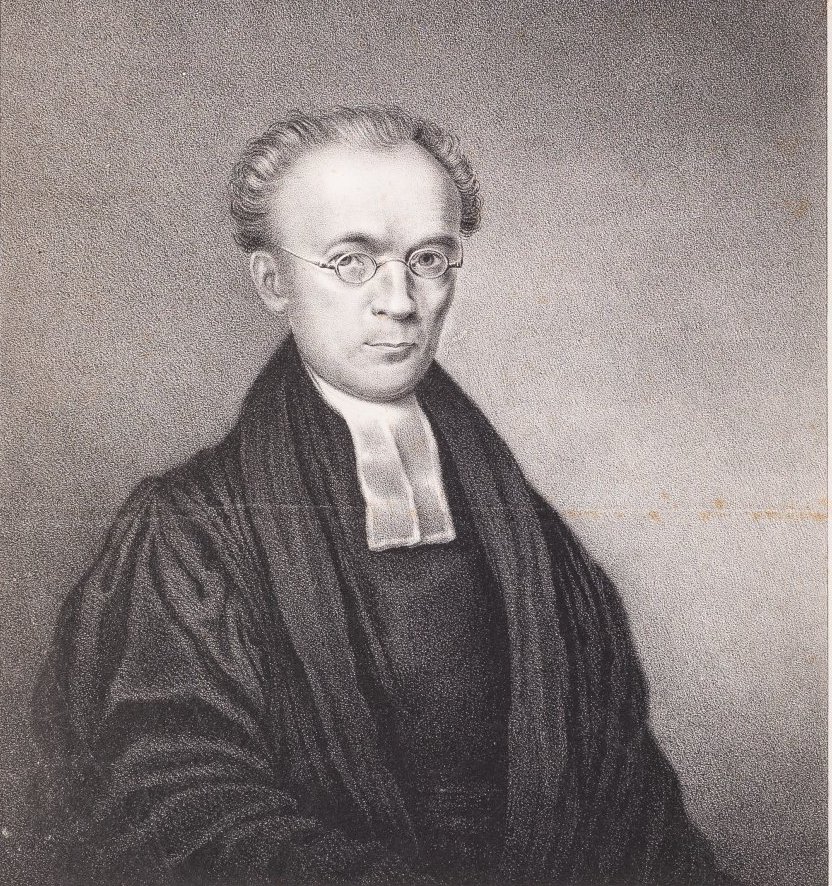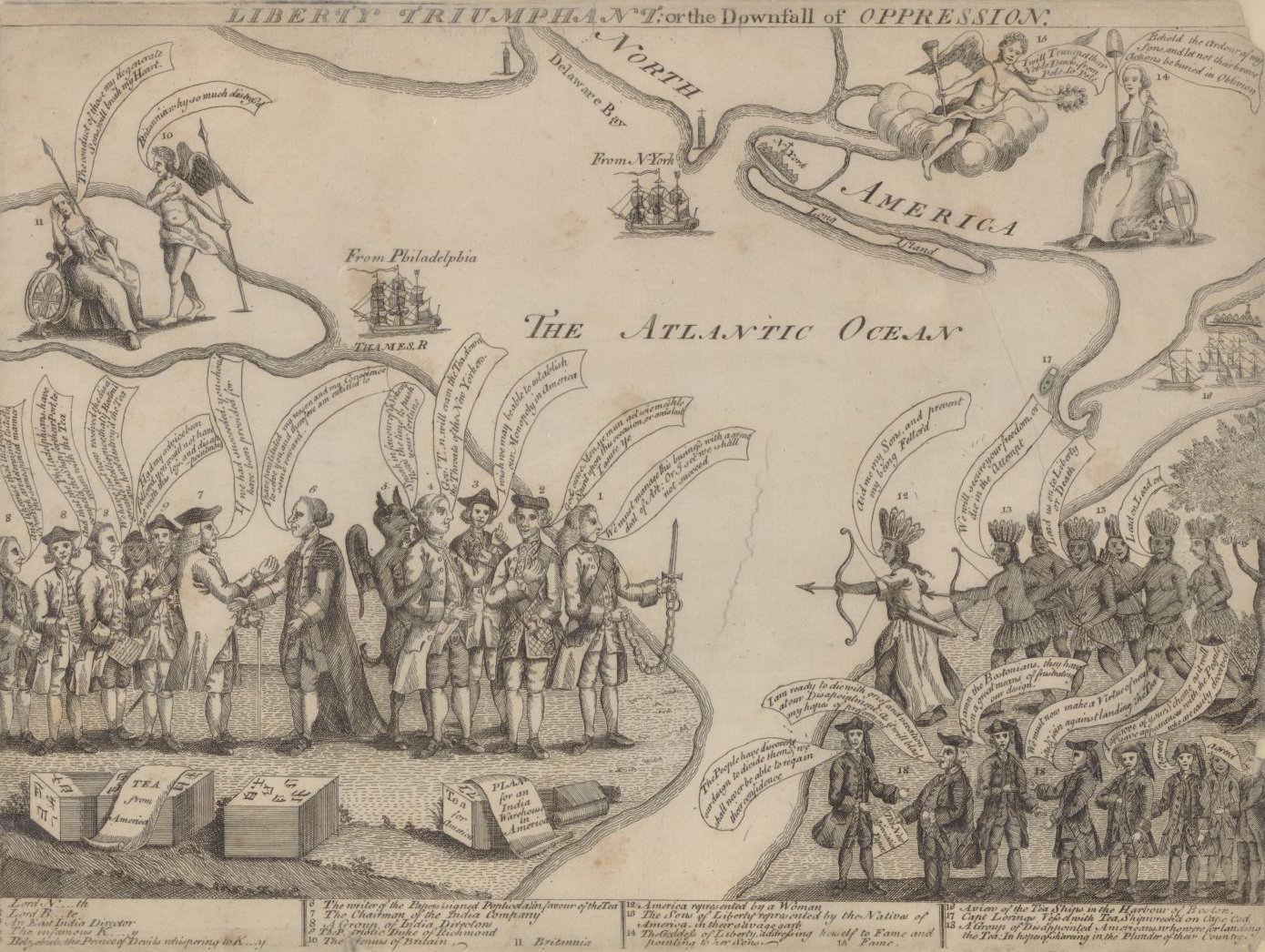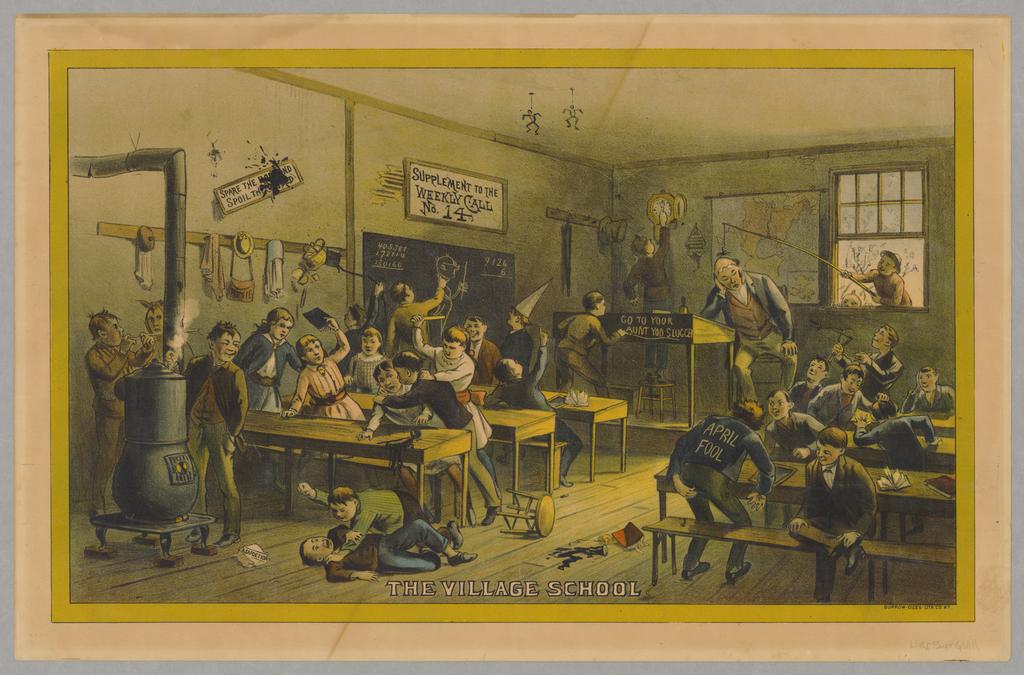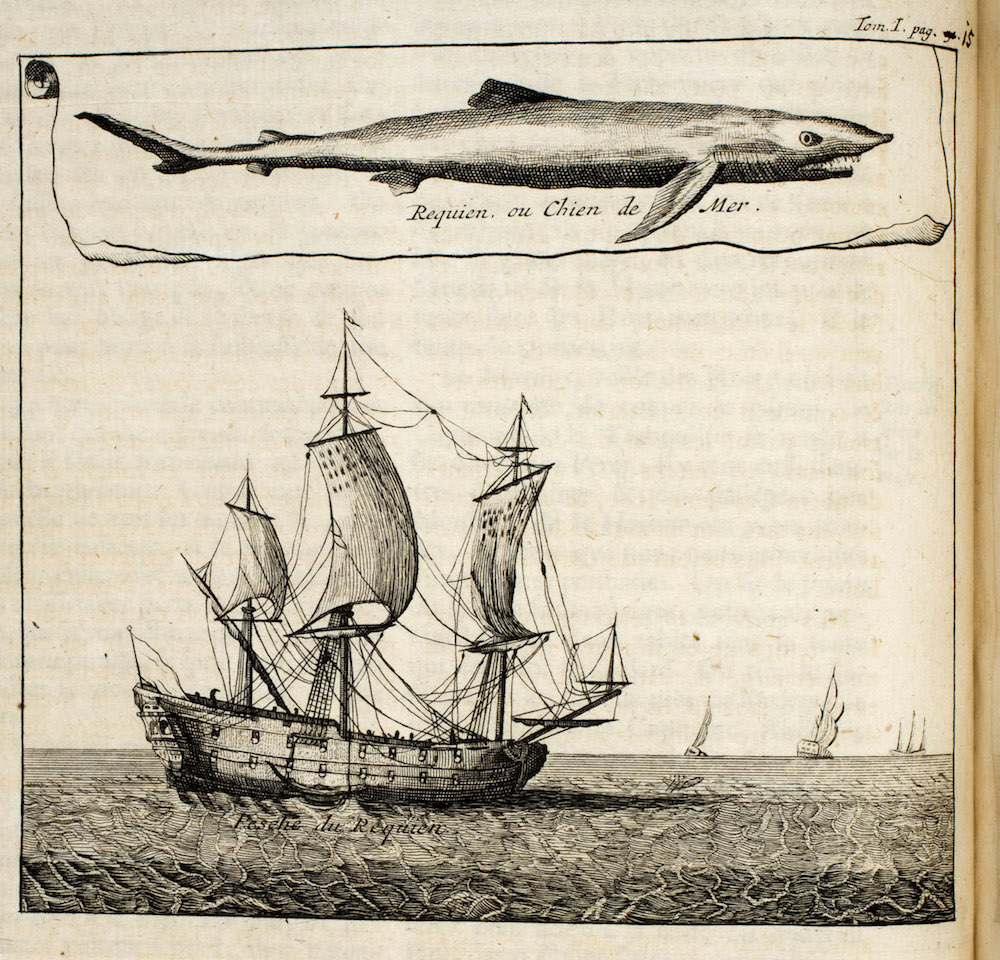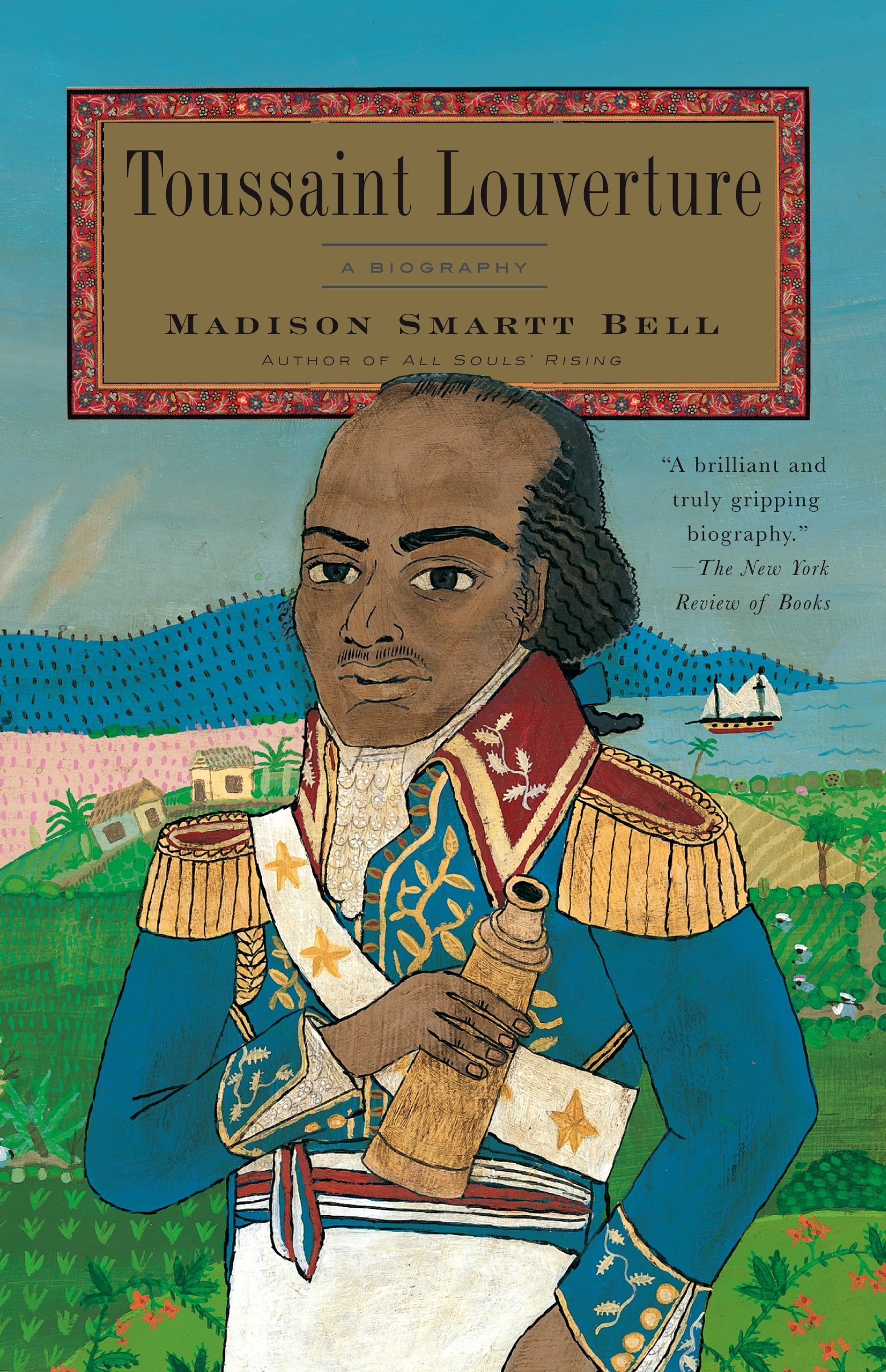
This summer, the Radcliffe Institute for Advanced Study held a five-day symposium and workshop on “Biography as History.” Common-place asked Megan Marshall, one of the facilitators of that event, “Why biography?”
I love biography. I always have. As a girl, I spent countless hours in the town library where my grandmother ran the children’s room. There I discovered a series of biographies of famous women—Amelia Earhart and Marie Curie are the ones I remember best. I thrilled to those life stories, which stressed the sense of adventure or mission these accomplished women felt inwardly, even as young girls. Back home, I took apart my roller skates and attached the wheels to the bottom of a wooden box, in an effort to build a go-cart like one the young Amelia Earhart was said to have launched down a ramp off the roof of a work shed in an early attempt to fly.
When I was in the sixth grade, my school piloted a silent-reading program that allowed our class of thirty-two eleven-year-olds, housed in a portable classroom on the sunbaked black-top of a Southern California playground in 1964, to choose and read at our own pace selections, many of which were drawn from biographies of African American women. Looking back on that year, I can see us sitting quietly at our desks, the children of parents driven west by the dust bowl disaster, of Japanese Americans interned during World War II, of immigrants from Mexico—all thrust back, imaginatively, into a different America from any we’d known or heard of as we read about Harriet Tubman and Mary McLeod Bethune, whose evocative, musical names provoked me to pause and mouth the syllables into the unaccustomed stillness.
My childhood fascination with biography wasn’t limited to women. I had received as gifts a biography of J. S. Bach—which recounted his boyhood pilgrimage on foot to hear the great organist Buxtehude and his nocturnal practicing at the clavier in defiance of an older brother’s requirement that he play the violin—and another of John James Audubon, the lad who loved to sketch birds in the woods and later made a profession of his boyhood hobby. The Bach biography was given as a reward for good performance at the piano, as were (each year I took lessons) small plaster busts of the great composers. These smooth, white, godlike figures of Beethoven, Brahms, Haydn, and Mozart seemed almost real, frowning down on me from a trophy shelf in my bedroom, reminding me to practice. I held them about as often as I did the dolls from around the world that my U.N.-championing mother gave me each year and that stood next to the plaster busts on the shelf. Glowering geniuses, kimono-clad and kilt-wearing porcelain beauties—for better or worse, these were the icons of my childhood.
Still, I found myself wondering about Audubon’s beloved sister, a girl who appeared alongside him in the initial chapters of the book and then faded from the story. Or about J. S. Bach’s wives, the women who gave birth to his twenty children. And his daughter Anna Magdalena, for whom he had written a book of keyboard compositions—she must have played; could she also have composed or had she wanted to? Why were these musical geniuses all men? And, aside from the intended message of my U.N. dolls—we’re all the same, except for a change of clothes—why was dress so significant for women? I hated clothes. I yearned to write or compose or do something worthy. The plaster busts yellowed; the dolls collected dust. Now all of them are gone, I don’t know where.
By the time I’d graduated from college, majoring in English (which permitted study of the works, if not the lives, of favorite authors), a boom in women’s biography had erupted. Gerda Lerner led the way with her 1967 Grimke Sisters. I read Nancy Milford’s Zelda(1970), Kathryn Kish Sklar’s Catharine Beecher(1973), Paula Blanchard’s Margaret Fuller (1978), Jean Strouse’s Alice James (1980), and Phyllis Rose’s Parallel Lives (1983) with the same fervor I’d devoured those good-hearted children’s biographies.
These were the models I had in mind in 1984 when I started looking into the possibility of writing a biography of the Peabody sisters: books that harnessed the narrative propulsion of biography to drive their examinations of larger issues like gender roles, women’s education, trends in medical treatment, and a seemingly infinite variety of subjects that touched on the lives of particular women. As I initially conceived it, the Peabody sisters project seemed a way of getting at some of the questions that had troubled me since childhood. These were three women of obvious talent who had allied themselves, professionally or personally, with some of the greatest male “geniuses” of their time: Nathaniel Hawthorne, Horace Mann, Ralph Waldo Emerson, and a handful of others. I was delighted to learn that the oldest sister, Elizabeth Peabody, was chided throughout her life for sloppy dressing.
These were superficial entry points, but deeper questions drew me as well. To name just one: the emergence of liberal religion in America. The Peabody sisters began life as orthodox Congregationalists, took up Unitarianism in its earliest days, and then migrated to the freest of all “theosophies,” Transcendentalism. How was this transition experienced from the pew as opposed to the pulpit, the more familiar story? How did women, with multiple daily obligations to family, reconcile a seemingly contradictory Transcendentalist imperative to cultivate “self-reliance”? I eventually discovered a subplot in Transcendentalism, a communitarian ideal championed by women as well as men and summarized best in Elizabeth Peabody’s assertion: “Love is spontaneous in every human being.” Love, or “sympathy,” Peabody believed, was the basis of “the social principle, engaging [man’s] feelings for others, whom he sees to have a common nature with himself.” Peabody may even have been the first American to use the term “Transcendentalism,” linking it with her notion of “the social principle,” which supported projects like the utopian experiment at Brook Farm or Bronson Alcott’s commune at Fruitlands.
Because of their alliances with famous men, the Peabody sisters’ voluminous personal papers—which equaled or bettered in extent those of the men in their circle—had been preserved. My sources were all too abundant. As I spent months and then years in the archives, however, I became aware that the boom in women’s biography, which had inspired me to take up the project, had gone bust. The movement to recover forgotten heroines or retrieve promising women from the shadows of successful brothers or husbands, gave way to studies of courtship, of women’s reading practices, of female employment patterns. This proliferation of new and path-breaking research proved useful for the book I was writing but seemed to augur badly for its reception whenever I might finish. Brandeis historian Jane Kamensky—at work now on a book about American portraitist Gilbert Stuart, which she emphasizes will not be a standard biography—has enumerated the academy’s quibbles with biography: its “tendencies to advocate for or prosecute subjects and to concentrate only on the eminent or advantaged.” George Rable, a Civil War historian at the University of Alabama, summed up the anti-biography position in a recent interview with the Boston Globe: “the individual life is not the story of history.”
Charges like these are difficult to answer, and they gave me pause. During the twenty years I was researching and writing The Peabody Sisters, I was sometimes tempted to change my focus to a more issue-driven topic or to publish a selection of letters organized around themes. Yet, while I knew it would have been simpler to limit my scope to a subject like women’s role in the emergence of Unitarianism or the work of the few women artists who exhibited in early Boston Athenaeum shows (the youngest sister, Sophia Peabody, was one such woman), it was the whole story I wanted to tell. I never seriously considered using the manuscript record I was wading through for anything other than a group biography of these three women who became increasingly vivid to me as I read their letters and journals. The diversity of their interests and attitudes—they took markedly different positions on abolition, women’s rights, and Transcendentalism itself—seemed to demand this.
Partial as biography can be, it is still the best tool for bringing a wealth of issues into play in one historical work. Biography comes as close as any genre can to capturing the sense of what it felt like to be alive, in all the complexity that word suggests, at an earlier time. Who’s to say that a study of courtship based on twelve couples is more revealing than a close accounting of two couples’ journeys to the altar, when the brides-to-be are sisters—Mary and Sophia Peabody—who wrote back and forth to each other, sometimes daily? Is a survey of the works of a handful of women artists practicing in 1830s New England sure to be more meaningful than a detailed rendering of one such artist’s struggles from childhood onward? All these approaches yield something of value to historians—but biography may also reach the general reader.
Cynthia Ozick has written of “our unslakable thirst for the rich-blooded old novel’s royal cousin”: biography. In her view, biography draws readers primarily for literary and aesthetic reasons. It offers, in our fragmented post-modern era, the “trustworthy satisfactions of a still-coherent form.” But I think biography’s attractions include much more than that. Most people read biographies to learn, to feel they are taking in history as it was being made. Biography is no cousin. It is the progenitor of historical writing, starting with Plutarch and carrying through to David McCullough and Antonia Fraser. As Lori Ginzberg has said of her reasons for choosing a biographical approach in her forthcoming book on Elizabeth Cady Stanton, biography “slows the story down to real time, when people make actual decisions without knowing what’s going to happen next.” Biography reminds us “how certain ideas that we now take utterly for granted were once dramatically new, and how the force of them hit each person one at a time.”
Readers of The Peabody Sisters sometimes tell me that they now understand Transcendentalism, or the Unitarian-Trinitarian split in New England church history, for the first time. This surprises me because I devoted relatively little space to explaining these subjects head-on. What they are saying, I think, is that they now have some sense of what it felt like to be caught up in the spiritual quest that absorbed the Peabody sisters and their circle during the era of Transcendentalism’s emergence. The search seems urgent—almost real—to these readers at last.
So, for me, the question really is—why not biography? Certainly the genre has its drawbacks for historians. In a biography there is little room, aside from endnotes, for exposing the documentary research behind the narrative, for pointing out what’s new and different. There is even less space for taking up disputes with other scholars. Perhaps this is just as well. More troubling is the loss of an opportunity to generalize from data; in most biographies, the life story holds sway.
Yet biography seems to be ascendant again among historians—or at least it seems to be taking hold of some historians. Biography has entered a new golden age, ushered in by a parade of biographies of American presidents and founding fathers and expanding with new biographies of women: Elisabeth Gitter’s The Imprisoned Guest: Samuel Howe and Laura Bridgman, the Original Deaf-Blind Girl (2001), Valerie Boyd’s Wrapped in Rainbows: The Life of Zora Neale Hurston(2003), Gillian Gill’s Nightingales: The Extraordinary Upbringing and Curious Life of Miss Florence Nightingale (2004), Louise W. Knight’s Citizen: Jane Addams and the Struggle for Democracy, Catherine Allgor’s A Perfect Union: Dolley Madison and the Creation of the American Nation (2006), and four biographies of Harriet Tubman by Jean Humez (2003), Catherine Clinton (2004), Kate Larson (2004), and Beverly Lowry (2007). Coming soon are Ginzberg’s Elizabeth Cady Stanton, Alice Kessler-Harris’s Lillian Hellman, Linda Gordon’s Dorothea Lange, Susan Ware’s Billie Jean King, and Margaret Washington’s Sojourner Truth.
The “story of history” can take many forms. Perhaps reflecting a nation-wide yearning for leadership and a longing for inspiration, ours is an era that prizes the individual’s story. This new “second wave” of women’s biographies arrives enriched by the historical work on women’s lives done in the interval and by an invigorating skepticism about the biographical form. Yet no matter how sophisticated or self-referential biography becomes, it will always retain the simplest of impulses at its core: the desire on the part of both writer and reader to estimate character and consequences. “Every living human being is a biographer from childhood, in that he perpetually studies the souls of those about him,” wrote the prolific early-twentieth-century biographer Gamaliel Bradford. “The interest is natural and human and enduring; it can never die.”
This article originally appeared in issue 8.1 (October, 2007).
Megan Marshall is the author of The Peabody Sisters: Three Women Who Ignited American Romanticism (2005), which won the Francis Parkman Prize, the Mark Lynton History Prize, the Massachusetts Book Award in nonfiction, and was a finalist for the Pulitzer Prize in biography and memoir; during 2006-2007 she was a fellow at the Radcliffe Institute for Advanced Study at Harvard University, where she began work on a biography of Ebe Hawthorne, Nathaniel’s reclusive older sister.



